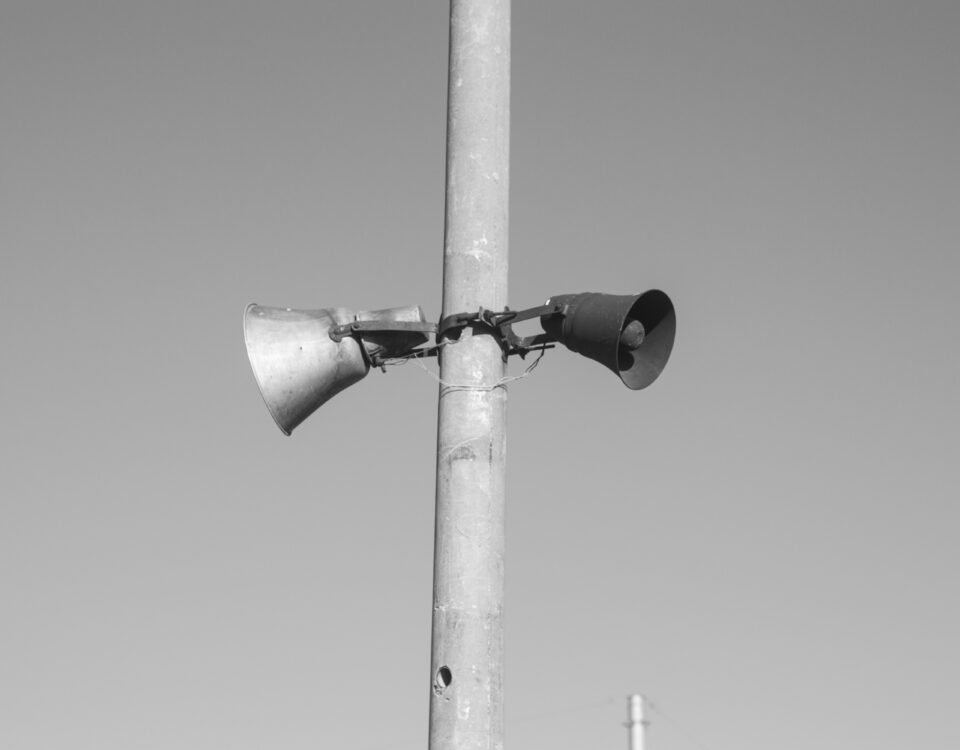Moving from product to customer centricity, the Mercedes Benz USA story – Interview with Joseph Michelli
April 4, 2016How to create a wow customer experience – Interview by Jonty Pearce
April 11, 2016
This is a guest post from Clare Mylan, Head of Sales at marketing services agency, Gecko.
Data has always been a vital aspect of marketing and lead generation, but too often the use of data is limited to securing a solitary sale, rather than being nurtured and analysed to deliver repeat business.
Most organisations can use data to make the first sale. What really sets businesses apart from their competitors now is how they use it to communicate with customers in the longer term.
Back in 1990, Bain & Company, working with Earl Sasser of Harvard Business School found that increasing customer retention rates by 5% increased profits by 25% to 95%. Fast forward 25 years and Gartner group tell us that 80% of your company’s future revenue will come from just 20% of your existing customers. Consistently retaining customers is proven to be key to profitability and growth. When you combine this with the wealth of data generally held on customers, there is no excuse to treat your customer retention program as secondary – it’s an opportunity to do some really interesting campaigns which focus on insight and driving response.
A key part of improving your retention and reactivation program is using data to communicate with your customers on an ongoing basis, at the optimum time with the right message to maximise return. But how do you go about doing this? No two customers are the same, their motivations for purchase can vary widely and purchase patterns and the behaviour leading up to them can be very different.
Take gift buying for example. Some people are incredibly well organised and buy everything they need for the month in one go, whilst others will only consider a purchase in the days running up to the event. Both have the same need, but when you need to speak to them to capture their interest and how will vary widely.
Customer journey analysis breaks down the steps that your customers go through in their relationship with your brand. The best place to start is with your internal expertise. We’re not suggesting that you should complete a customer journey analysis without speaking to a customer, but it’s worth mining your internal knowledge first as this will give you both a framework and a focus for any customer research you do down the line.
Your customer segmentation will more than likely be based on some behavioural analysis and this is a great place to start. Take each segment and map their process looking at motivations, touchpoints and behavioural indicators. Start right at the beginning, before they even heard of your organisation and work through each stage, through repeat purchase to lapsed and inactive/no longer customers. Speak to your customer services team and your shop floor staff, they probably have more contact with your customers in person than anyone else in the business – they’ll have insights you might never think of, particularly regarding error handling and bringing a customer back into an active state.
There will be a lot of journey crossover between segments, but what you want to identify are the motivations and behaviours that make customers different and how these impact on how and when you should be communicating with them.
Once you have your journeys mapped out, you’ll need to speak to some sample customers to make sure you’ve got them right. But then what?
Now here’s the really useful bit – translate the journeys into action flags and communication spots. Identify the behaviour that should trigger a communication and what message you want to convey. Identify how that message should differ depending on the segment and the behaviour and how it should be delivered. Of course, you’ll want to run a test program to optimise the communications and feed the information back into your journeys – they’re a work in progress.
Finally, consider using automation. Different messages going out at different times via different channels can be daunting, but automation makes it possible.
Data analysis really is the key to retaining your customers. It gives you the power to understand who your customers are, what they’re buying, in what order, when, how, how they like to be communicated with and what life stage they are in. These insights can ensure your customers keep coming back for more and your bottom line stays healthy.
 This is a guest post from Clare Mylan, Head of Sales at marketing services agency, Gecko.
This is a guest post from Clare Mylan, Head of Sales at marketing services agency, Gecko.
Photo Credit: reynermedia via Compfight cc



